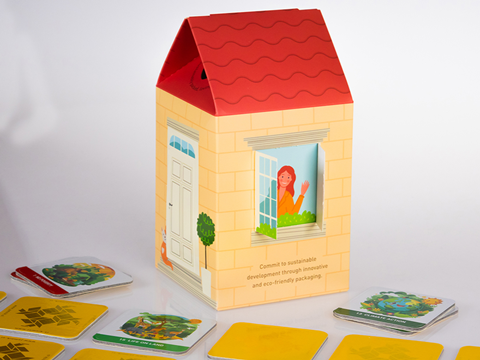
Jamnik Packaging has developed the Sustainable Memory Game, an educational tool for younger consumers based on the United Nations’ 17 Sustainable Development Goals (SDGs) packaged in an interactive, house-shaped box.
The game consists of seventeen pairs of illustrated tiles, each representing a SDG; it hopes to use play to educate and inspire younger generations about sustainability causes in an accessible way.
The tiles come in a house-shaped box with perforated doors and windows, which users can use to discover details inside the box. A custom insert depicts ‘friendly faces’ looking out of the house’s windows, making the box more interactive for young consumers.
According to Jamnik Packaging, the Sustainable Memory Game is made from cardboard with biodegradable plastic lamination, making it fully recyclable. It aims to highlight how packaging ‘can be more than just a container’ and represent ‘an integral part of the user experience’ by ‘reinforcing the very values it represents’.
“Sustainability begins with awareness, and that awareness must start young,” explains Tanja Sinkovič, project leader and creative director. “By introducing children to sustainable practices through play, we are planting the seeds for a greener future.
“This Memory Game is a perfect example of how design and purpose intersect to create something truly impactful—more than just packaging, it is an educational tool that brings sustainability to life in a fun and engaging way.”
While the Sustainable Memory Game isn’t currently available for direct purchase, interested parties can contact Jamnik Packaging to include an order in its next reprint.
Other companies are also working to introduce sustainability-minded packaging to products for children. Lego plans to make a complete transition by 2025, packaging sets of bricks in paper packets, delivering online orders in ‘100% paper’ packages, and providing shoppers with fibre-based containers in-store.
However, its previous plans to manufacture bricks from recycled PET bottles were reversed in 2023; Lego attributed the decision to new findings that the rPET prototype did not reduce carbon emissions compared to their virgin plastic alternatives.
Similarly, Hasbro walked back on its announcement that it would phase plastic out of its packaging in 2019. It has since re-introduced rPET and bio-PET windows and blisters into the packaging for its 6-inch figures, aiming to balance “superior design” with low-waste, non-virgin plastic materials.
If you liked this story, you might also enjoy:
Reuse vs. single use – which is better for the environment?
Sustainable Innovation Report 2025: Current trends and future priorities
What can the world learn from South Korea’s world-leading performance in plastics circularity?

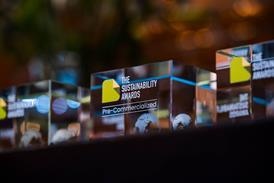
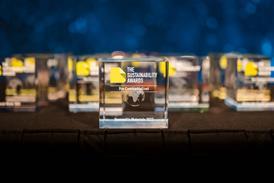
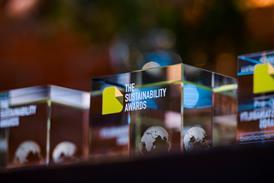
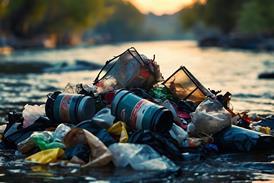
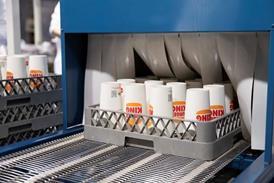















No comments yet